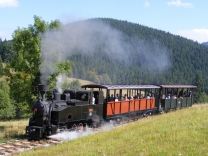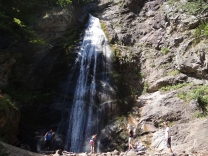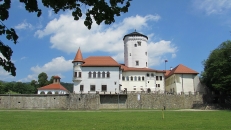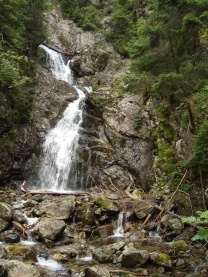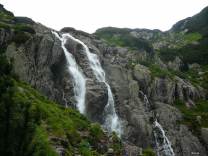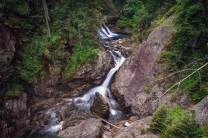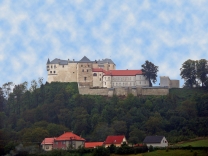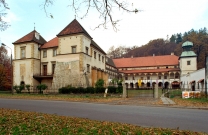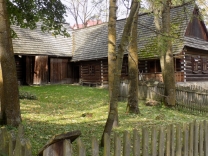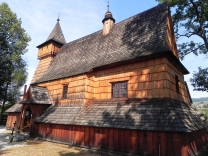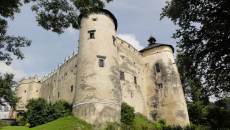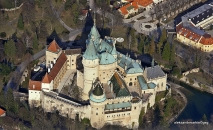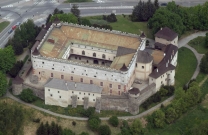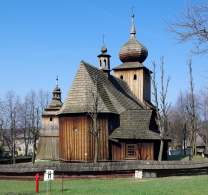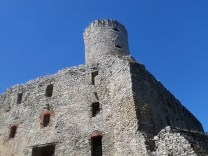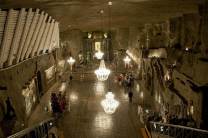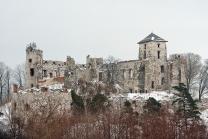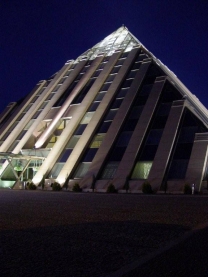Orava Castle
Orava Castle
Orava Castle (Slovak: Oravský hrad, German: Arwaburg, Hungarian: Árva vára), is situated on a high rock above Orava river in the village of Oravský Podzámok, Slovakia. It is considered to be one of the most beautiful castles in Slovakia. The castle was built in the Kingdom of Hungary in the thirteenth century. Many scenes of the 1922 film Nosferatu were filmed here, the castle representing Count Orlok's Transylvanian castle.
Orava Castle stands on the site of an old wooden fortification, built after the Mongol invasion of Hungary of 1241. Its history follows a familiar pattern of construction, destruction, reconstruction, fire, various ownerships and territorial squabbles. The original design was in Romanesque and Gothic style; it was later reconstructed as a Renaissance and Neo-Gothic structure, hugging the shape of the 520-metre spur on which it perches.
The mining magnate Thurzo family, who took charge in the mid 16th century, were responsible for a great deal of rebuilding work, although its present form was not finalised until 1611. It burned down again in 1800, after which it was no longer used as a residence. And then, after a period of dilapidation and World War II, the castle became a national monument.
Origins
Orava Castle from aboveThe natural rock formation known as "castle cliff" – a limy spur 112 meters (367 ft) high, surrounded by the river Orava and its right tributary stream Račová [sk] – has been inhabited since primeval times. During its history a wooden rampart became a strong walled castle of which the first written record dates back to 1267. At that time only the ground floor was built of stone, while the upper floors were made of wood.
In 1370 as part of the Hungarian Kingdom the castle became the center of Árva county. A tetrahedral multi-story towerntury was built here in the 14th century, probably on older foundations, as a donjon – the place of "last defense" within the castle. After 1474, King Matthew gave orders to build a square and a residence-wing in the Middle Castle. The buildings were situated in front of the castle. In 1534 John of Dubovec obtained the...









